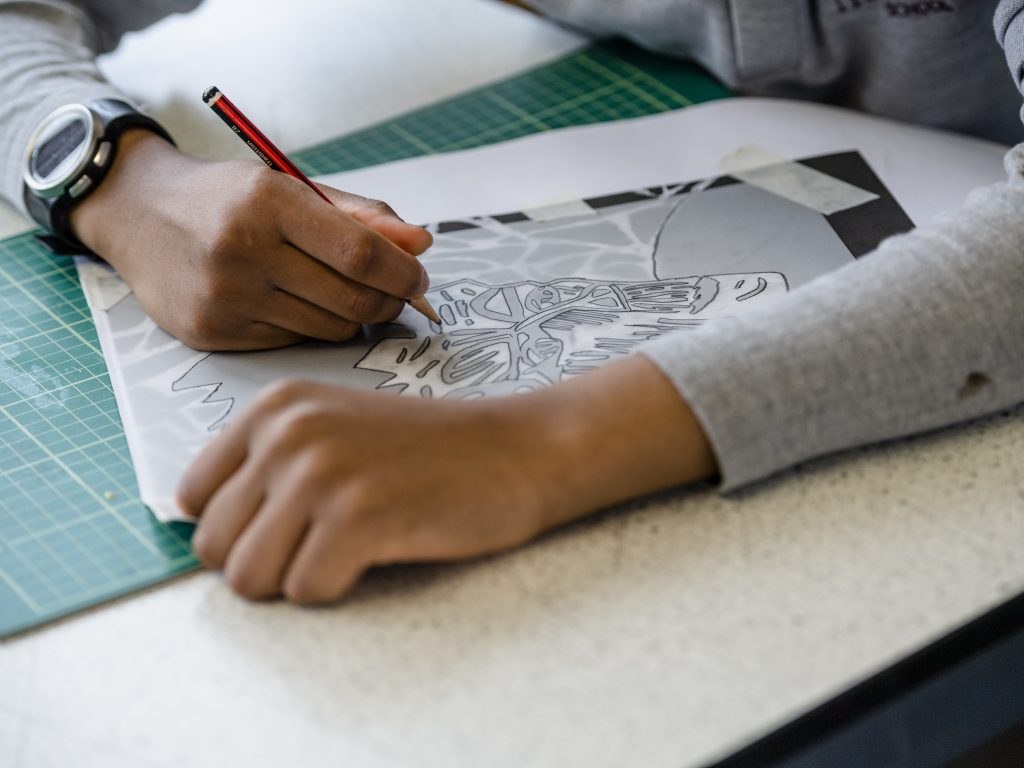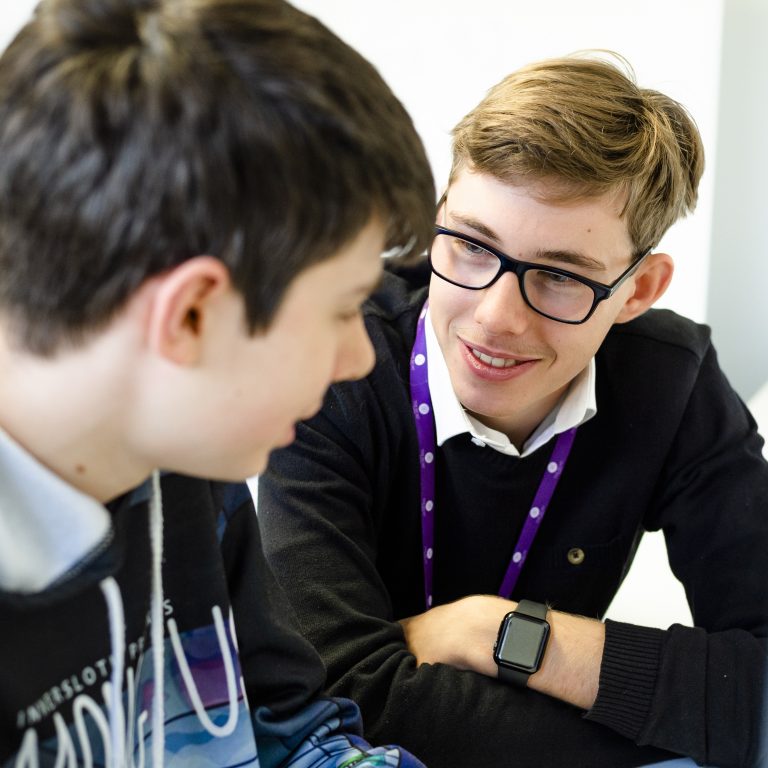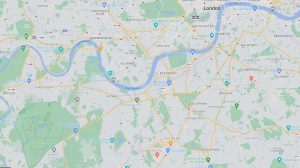Art, Design & Photography gives pupils the opportunity to respond creatively to their experiences and environment, to gain an understanding of other artists’ and photographers’ work and expand visual knowledge.
All the creative disciplines encourage problem solving skills and lateral thinking which in turn helps to build confidence and self-esteem.
Key Stage 3 Art and Design
Pupils will learn to work across a wide range of media including paint, clay, printmaking, ICT and sculpture. A variety of topics are often linked to other curriculum areas such as History, English and Science.
Topics may include Nature and Print, Art & Design from other Cultures, Colour and Expressionism, Self portraits, 3D Techniques, Surrealism, Viewpoints and Cubism. The formal elements will continue to be embedded using tone and texture, line, pattern, structure, form and shape. Continuing to build their knowledge on artists and discuss the different types of art genres. Creative discussion in the art room and on visits to art galleries will form an essential part of the skill building.
GCSE Art and Design
Pupils who choose Art as an option will follow the OCR exam board GCSE course in Art and Design. They will create a Personal Portfolio (Coursework) of work which is Unit 1 and equates to 60% of the final mark. Unit 2 is the Externally Set Task (40%) and culminates in a 10-hour timed test to produce a final piece.
Pupils will have the opportunity to explore a wide range of materials including sculpture, painting, printmaking, textiles and clay. An important part of the GCSE studies includes critical studies and researching the art history timeline including contemporary art.
Pupils are expected to demonstrate their ability across the four Assessment Objectives: Develop,Refine Record, Present.
It is essential that any pupil who selects Art & Design should have a passion for the subject.
GCSE Photography
Pupils who choose Photography as an option will follow the OCR exam board GCSE course. They will create a Personal Portfolio (Coursework) of work which is Unit 1 and equates to 60% of the final mark. Unit 2 is the Externally Set Task (40%) and culminates in a 10-hour timed test to produce a final piece.
Pupils will have the opportunity to explore a wide range of techniques working mostly with digital imagery. Learning how to use Nikon DSLR cameras, pupils will work on studio shots with lighting as well as urban shots around London.
Images are edited on Photoshop and Lightroom and occasionally pupils can explore wet photography in the dark room at 6th Form. The emphasis is on investigation including the exciting camera less photography.
An important part of the GCSE studies includes critical studies and researching the photographic history timeline including contemporary photographers. Pupils are expected to demonstrate their ability across the four Assessment Objectives: Develop,Refine Record, Present.
The Department organises visits for all year groups across all Key Stages to the rich variety of London’s art galleries and museums. We are fully committed to learning outside of the classroom when the timetable allows.
Through understanding each pupil’s individual learning style, the department focuses on providing appropriate, engaging content and teaching methods conducive to the needs and interests of our learners. Throughout each stage of their artistic studies, pupils are introduced to stimulating lesson topics and processes, with opportunities to learn wide ranging skills and techniques.
Learners are encouraged to discuss their achievements through group critiques, one-to-one tutorials and exhibitions of work. This process has provided a platform from which pupils can realise their achievements and excel in their creative endeavors.
Parent Portal
Parents can find specific curriculum information in their child’s termly ICM reports. These can be accessed via the Parent Portal: https://schoolbase.online



